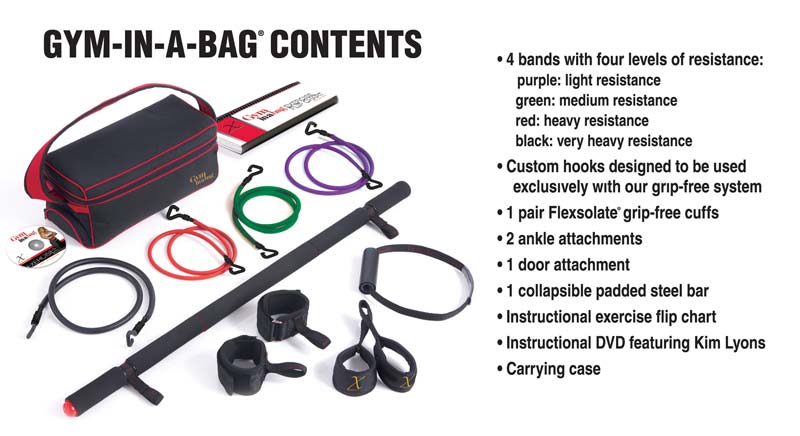How to install a Ramp Sleeve on the Precor Elliptical
Installing a Ramp Sleeve onto a Precor Elliptical
- In this video we demonstrate how to install a ramp sleeve onto a Precor elliptical
- Tools required:
- Bungee or Piece of String
- Wet Soapy Cloth* or Paper Towel*
- Clean Dry Cloth
*(non-citrus based cleaning agent - Precor approved cleaner is 30:1 solution of water and Simple Green®)
For more information about this video click here.
D-BALL – THE BALL OF THE FUTURE!
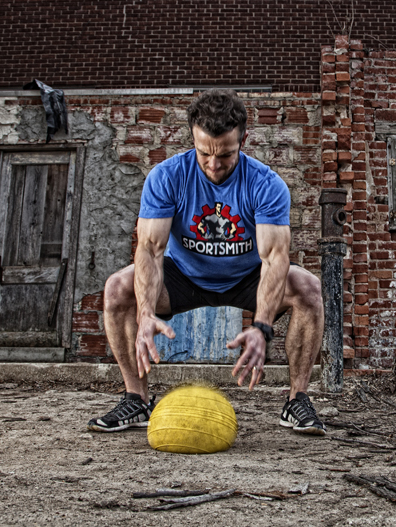 Ok, so not really, but D-Balls are pretty nifty, and can help add a unique aspect to your normal workouts that you wouldn’t normally get. They help work your core in ways that traditional medicine balls could never do.
Ok, so not really, but D-Balls are pretty nifty, and can help add a unique aspect to your normal workouts that you wouldn’t normally get. They help work your core in ways that traditional medicine balls could never do.
So what is a D-Ball? It’s essentially just a medicine ball, but instead of a solid core of rubber or polymer, it’s filled with sand. This is why it’s termed a “dead ball”, or a “slam ball”. It doesn’t bounce, at all. Standard medicine balls have at least some bounce to them, but D-Balls literally drop “dead” once they hit the ground. This offers a “dead weight” type of scenario, which when used in specific workout routines, challenges you to use muscles that rarely get used, especially in your abdominal core. These balls have become incredibly popular with the rapidly expanding high intensity interval training exercise programs across the world.
One advantage to not having a solid core is that a D-Ball can be far heavier than a standard medicine ball. SPORTSMITH currently carries balls in various sizes, all the way up to the massive 100lb. ball which is twelve inches in diameter. Standard solid core medicine balls simply cannot be made this heavy, due to their design.
Once again, SPORTSMITH is proud to offer our customers the latest and greatest in sports and exercise equipment. Go to our website at www.sportsmith.net or give our toll-free number a call to place an order today! It’s easy, fast, and we offer same day shipping on all orders. We also ship internationally, so what are you waiting for? Get to clickin’!
Adjustable Plyo Box
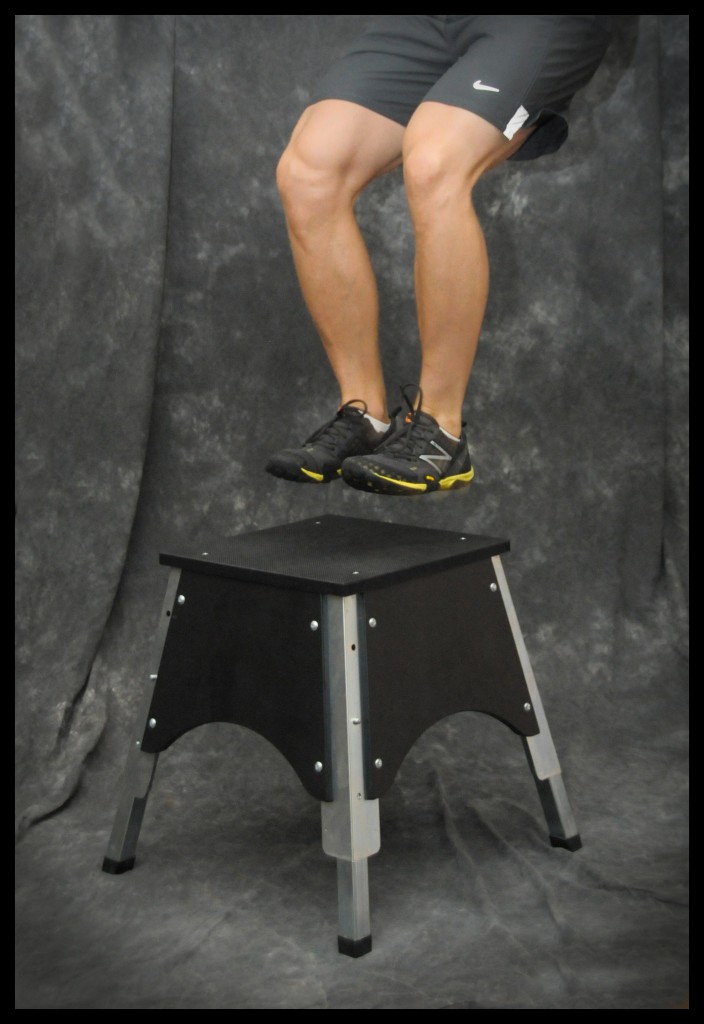 Check out the new Adjustable Pyramidal Plyometric Boxes (Plyo Boxes). Notice the word “adjustable” in there, too. These boxes can be set to three different heights; 16, 20, and 24 inches, all easily done with no tools required. Most Plyo Boxes are set at a fixed height. Not these! Now you don’t have to buy multiple boxes to suit your needs, not to mention lugging them with you if you want to use them someplace other than your own home.
Check out the new Adjustable Pyramidal Plyometric Boxes (Plyo Boxes). Notice the word “adjustable” in there, too. These boxes can be set to three different heights; 16, 20, and 24 inches, all easily done with no tools required. Most Plyo Boxes are set at a fixed height. Not these! Now you don’t have to buy multiple boxes to suit your needs, not to mention lugging them with you if you want to use them someplace other than your own home.
The new adjustable Plyo Boxes are extremely portable. It weighs less than 25lbs. total, and will easily fit in the back seat of your car. They also come unassembled, which means the parts fit flatly in a shipping box. That means more savings for you, as a huge shipping box isn’t required. Therfore big savings on shipping these bad boys! While you do have to assemble it, it’s quite easy and only takes a few minutes. All that’s needed are a screwdriver, a socket and socket driver, and an electric drill to tighten everything up nicely. Once it’s assembled, you’ll find that the adjustable legs make it somewhat sturdier than traditional boxes, especially if you find your workout area uneven. The top surface of the box is also very tactile, and you will have superior traction even if it gets wet or is set at an odd angle.
SPORTSMITHä strives to provide our customers with the newest, best products on the market to day. These new adjustable Plyo Boxes are some of the best available, and with the double bonus of less expensive shipping and portability/adjustability, you simply cannot go wrong purchasing one of these.
- Adjustable heights of 16", 20" and 24"
- Based on the geometry of its design, the plyo box gets more stable as the height increases
- Height adjusts in 4" increments
- Portable enough for easy travel to any workout location
- Compact size fits in the trunk or backseat of your car
- Weighs less than 25lbs
Durable Plyo Box is Designed for Serious Use and Looks Incredible
- Anti-skid top
- Measures 15 1/2" x 15 1/2"
- Zinc plated metal legs
- HDPE sides
- Assembly required
For more information about the adjustable plyo box click here.
How to Assemble the Adjustable Plyo Box.
Adjustable Plyo Box Demo
Star Trac NXT Crank Bolt Torque
How to get Proper Torque of a Crank Arm Bolt for a StarTrac NXT
- In this video we are showing how to properly torque your crank arm bolt using an adjustable or "click" style torque wrench.
- Tools needed:
- Adjustable Torque Wrench
- Flat Tip Screwdriver
- You will begin by removing the crank arm bolt cap with a flat tip screwdriver.
- Once it's removed make sure your torque wrench is set to 30 foot pounds for the StarTrac NXT.
- It's a good idea to tighten the brake assembly to aid in holding the crank arm still as seen in the video.
- Place the wrench in position and tighten until you hear the click of the torque wrench, as shown in the video.
- The click lets you know you have achieved the preset torque with this type of torque wrench.
- Don't forget to release the brake assembly tension and re-install the crank arm bolt cap.
For more information click here.
Don’t Leave Your Gym without Trying the Yoga Straps
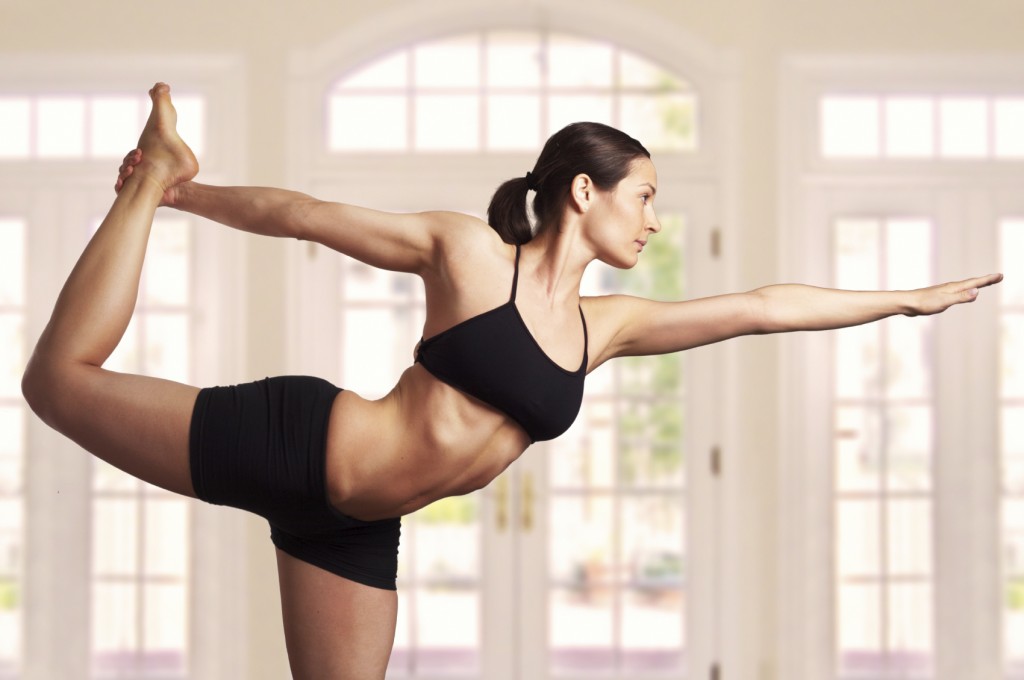 One of the best parts about yoga is that it can be done anywhere and without much equipment. It is truly a democratic routine. All you really need is a yoga mat, yoga blocks, and yoga straps. A good yoga mat is important because it will shield your feet and body from the ground. You will spend a lot of time on the ground, so it's important to be protected. Besides the yoga mat, yoga blocks and yoga straps can help lengthen your body. In the beginning, you may not be flexible enough to perform some of the poses. A yoga block or yoga straps allow you to perform the move without too much strain.
One of the best parts about yoga is that it can be done anywhere and without much equipment. It is truly a democratic routine. All you really need is a yoga mat, yoga blocks, and yoga straps. A good yoga mat is important because it will shield your feet and body from the ground. You will spend a lot of time on the ground, so it's important to be protected. Besides the yoga mat, yoga blocks and yoga straps can help lengthen your body. In the beginning, you may not be flexible enough to perform some of the poses. A yoga block or yoga straps allow you to perform the move without too much strain.
If you do decide to start a yoga program, you should conduct research and look for classes in your area. Gyms offer many different classes depending on style and experience level. For example, Bikram Yoga runs 90 minutes and consists of doing 26 poses in heat. If you can't make it to the gym and are doing it at home, there are some moves that you should absolutely consider trying out to feel the bull benefits of yoga.
- Downward Dog strengthens your upper body and can help relieve lower back pain. Start with your knees and hands on the ground about shoulder length on the ground. Lift your knees off the ground until your legs are straight. Walk your hands a few inches forward and your feet a few inches back. Suck in your stomach and hang your head loosely. Hold for two minutes as you breathe deeply.
- Warrior 1 will loosen the hips and put stress on the knees to strengthen them. Start in Downward Dog and lift your right leg off the ground. Make sure your leg is straight. Kick your right foot forward and go into runner's stance. Put your back foot down and slowly ascend your hands and chest until you're upright. Your hips and shoulder should be aligned. Hold for two minutes while breathing deeply and go back into Downward Dog to do the left leg.
- Chair is the perfect exercise to work your glutes. As your feet touch, raise your arms into the air. Drop your knees and sit back as if you were sitting on a chair. As you breathe, try to get so low that your thighs are parallel to the floor. Make sure your knees and thighs are touching Hold for two minutes or as long as possible as you breathe deeply enjoying the stretch.
How To Install a Ramp Sleeve onto a Precor Elliptical
About This Video
Installing a Ramp Sleeve onto a Precor Elliptical
- In this video we demonstrate how to install a ramp sleeve onto a Precor elliptical.
- Tools required:
- Bungee or Piece of String
- Wet Soapy Cloth* or Paper Towel*
- Clean Dry Cloth
- Use a wet soapy cloth* or paper towel* to clean the surface of the ramp, making sure it is free of all dirt and debris
- Ramp surface needs to be completely dry before applying the ramp sleeve
- This is a very cost effective way to get more life out of your ramp assembly
- Once the ramp assembly is clean and dry, remove the paper from the two sided tape on the ramp sleeve and place the sleeve onto the ramp assembly by holding the sleeve at an up angle and aligning the bottom edge before pressing the ramp sleeve into the ramp assembly as shown in the video
- Press firmly all over the sleeve to ensure it is completely fitted to the ramp assembly
- Now you can remove the protective cover from the top of the ramp sleeve and let the pedal arm back down into position for use
- Repeat steps to install other ramp sleeve
*(non-citrus based cleaning agent - Precor approved cleaner is 30:1 solution of water and Simple Green®)
For more information about this video click here.
Gym in a Bag
Variety is the spice of life. With Gym In A Bag, you get a LOT of variety without spending a lot of money. It’s the portable solution to today’s busy lifestyle.
It’s sometimes hard to be able to get to the gym. We’re all guilty of it. Life is just too complicated sometimes to allow us to actually make time to get the exercise we need. Gym In A Bag will help you by reducing the time it takes to work out, and keeping everything you need in one convenient place, ready to use at a moment’s notice. You don’t need a lot of space or specialized equipment to anchor anything to. It’s just you, your Gym In A Bag, and maybe a door. That’s all.
When you purchase Gym In A Bag, you get several high quality pieces of exercise equipment that will minimize time spent, while maximizing your workout benefits. It includes:
Now, this might all sound great, but there’s an even greater benefit to Gym In A Bag. Instead of traditional weights, it uses resistance bands that require NO grip on the part of the user. Instead, you get cuffs that fit around your wrists and ankles. So, if your grip strength is low, you can still isolate and work muscles throughout your entire body with ease. Simply attach the cuffs and a resistance band, and you’re set. Recently it’s been discovered by those in the Physical Rehabilitation field that this type of exercise is extremely efficient compared to traditional dead weights that you hold in your hand. Also, many people are affected by certain injuries, like carpal tunnel syndrome, that don’t allow the use of full grip strength. The cuffs easily (and comfortably!) bypass these injuries so that you can work out anytime you want with no discomfort at all. What more could you ask for in an exercise system?
For more information about Gym in a Bag click here.
How to Unpack and Assemble a StarTrac NXT Spinner
About This Video
Unpacking and Assembly Video of the StarTrac NXT Spinner® :
- This video presentation will aid in properly unpacking and assembling your StarTrac NXT cycle.
- Tools needed for this procedure will be:
- Ratchet Handle
- 4MM Allen Socket
- 5MM Allen Socket
- 13MM Wrench
- 15MM Wrench
- 21MM Wrench
- Adjustable Torque Wrench
- For more information about this video and detailed instructions click here.
What is Functional Fitness?
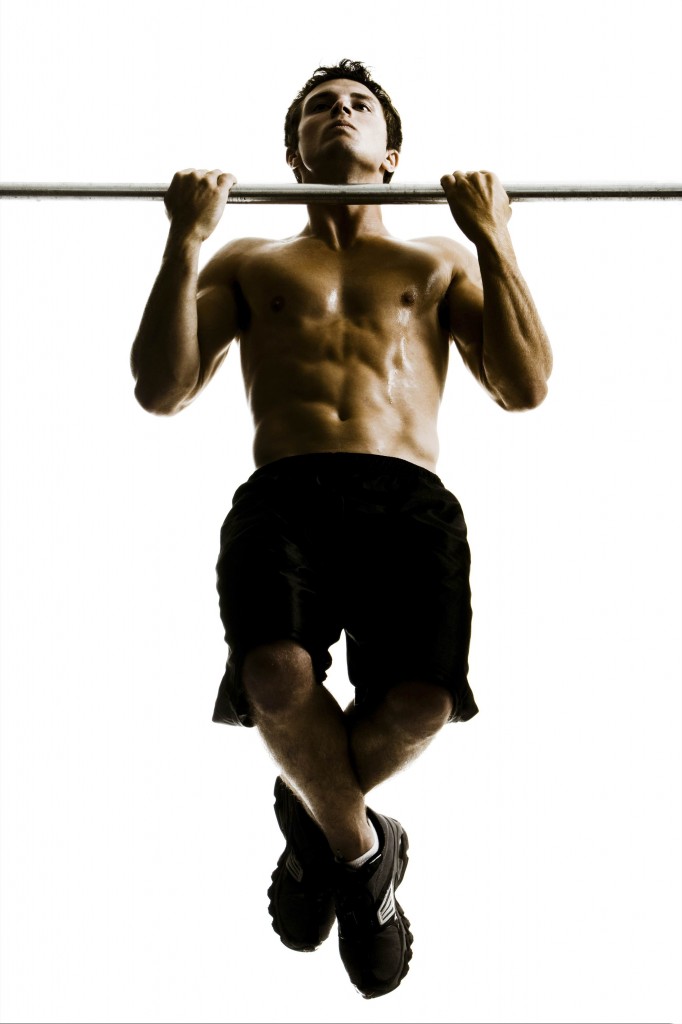 Functional training is growing in popularity as more people besides weightlifters and high-performance athletes are hitting the gym. In the past, strength training was used mainly by bodybuilders and power lifters to increase muscle size and strength, according to the training manual, “NASM Essentials of Personal Fitness Training” by the National Academy of Sports Medicine. Today, people with fitness goals other than bulking up - such as weight loss and general fitness - are trying strength training. Research sponsored by the American Council on Exercise (ACE) indicates that functional training is particularly useful for older adults, but functional training is truly for everyone. Functional training provides a practical training method for benefits that extend out of the gym and into daily living.
Functional training is growing in popularity as more people besides weightlifters and high-performance athletes are hitting the gym. In the past, strength training was used mainly by bodybuilders and power lifters to increase muscle size and strength, according to the training manual, “NASM Essentials of Personal Fitness Training” by the National Academy of Sports Medicine. Today, people with fitness goals other than bulking up - such as weight loss and general fitness - are trying strength training. Research sponsored by the American Council on Exercise (ACE) indicates that functional training is particularly useful for older adults, but functional training is truly for everyone. Functional training provides a practical training method for benefits that extend out of the gym and into daily living.
General Benefits of Functional Training
Functional training utilizes exercises, equipment and programs that translate into the strength and flexibility that people use in every day life. Activities as simple as stepping up and down off a step or doing bicep curls standing on one leg can be functional exercises. These might not give a person huge biceps or a six-pack, but true fitness is not only what makes a person look better, according to the IDEA Health & Fitness Association. Functional training produces benefits to assist people in activities of daily living, such as walking up stairs, carrying groceries, and picking objects up off the floor. Functional training accomplishes this with such benefits as:
* Stronger Core Musculature
* Increased Flexibility
* Increased Strength
* Better Dynamic and Stationary Balance
* Improved Agility
* Improved Cardiovascular Endurance
* Better Posture
* Stronger Joints
Older Adults and Functional Training
As people get older, it is expected that they will lose muscle tone, flexibility and balance. This reduced strength and capacity for movement makes the need for functional training even greater for older adults. A study conducted in 2007 at the La Crosse Exercise and Health Program of the University of Wisconsin, La Crosse observed the effects of a functional training program on men and women between 58 and 78 years of age. The participants who engaged in a functional training program gained significant improvements in upper and lower body strength, balance, shoulder flexibility, and cardiovascular endurance. John P. Porcari, Ph.D., and Denise Milton, M.S., conducted the study that was later published in the July/August of 2007 issue of “ACE FitnessMatters.”
Improved balance also reduces chances of a potentially debilitating fall. Additionally, increases in functional strength make seniors more independent as they are again able to perform more of the tasks that they once could do without assistance.
Other Populations and Functional Training
Older adults are not the only people who need functional training. Most anyone can benefit from building a strong, flexible and agile body. The average person benefits from functional training because it slows or eliminates the potential loss of strength and mobility that comes with age. Despite some misconceptions, children and teenagers also benefit from strength training, according to ACE. This population has little need for heavy weight training or advanced sports-specific training, making functional training a more practical and enjoyable choice.
Goals and Tools of Functional Training
Functional training makes the physical aspects of life easier. The goal of functional training is not to lift as much weight as possible, known as maximal strength, or to drastically increase muscle tissue size, known as hypertrophy. Therefore, extremely heavy weights and weight machines are not the tools of choice for functional training. Instead, functional training involves resistance and core training using bodyweight, free weights and balance trainers.
Bodyweight exercises and free weights including kettlebells, dumbbells and resistance bands are effective for functional training because they require the body to lift weights without the support weight machines provides, thereby mimicking real-world scenarios. Even soup cans and water bottles can be effective functional training tools. When a person needs to lift a heavy box or raise their body up off the floor, there are no levers, pulleys or adjustable seats that control the weight and support the body as when using weight machines. Without the unnatural support of machines, functional training also improves body awareness.
Another popular functional training tool is the TRX Suspension Trainer. The TRX has two ropes with handles for the hands or feet that hang from the ceiling. This allows a person to use their own bodyweight as resistance for various exercises. The TRX is simply the latest trend in bodyweight, or body leverage, functional training. Yoga, Pilates, boot camp classes, and even fitness pole dancing are also examples of functional training programs.
Balance trainers also work for functional training. They are small tools that create an unstable surface on which a person can stand, kneel, sit or lie upon. For some individuals, standing on one foot is enough of a balance challenge, but for others there are balance trainers such as the Sportstep and Step360. A Sportstep has two sides, either of which can rest on the floor. One side is half of a stability ball and the other is a flat platform. Both sides wobble when a person lies, stands or sits upon it. Balancing while standing on an unstable surface improves proprioception, which is the body's ability to discern where its parts are in physical space. Increased proprioception translates to better balance. Balance training also requires greater recruitment of core muscles, which is why crunches on a round, inflated stability ball are harder than regular crunches on a flat, unmoving surface like the floor. Even a pillow or folded towel can serve as a balance trainer.
Functional training may be receiving more attention now, but it has always been part of exercise in some form or another. Gymnasts, soldiers and yoga practitioners have been using functional training to build better bodies for years. Gym goers or home exercisers benefit from functional training with little financial investment and only a few days a week of functional workouts.
Rethinking Resistance Bands
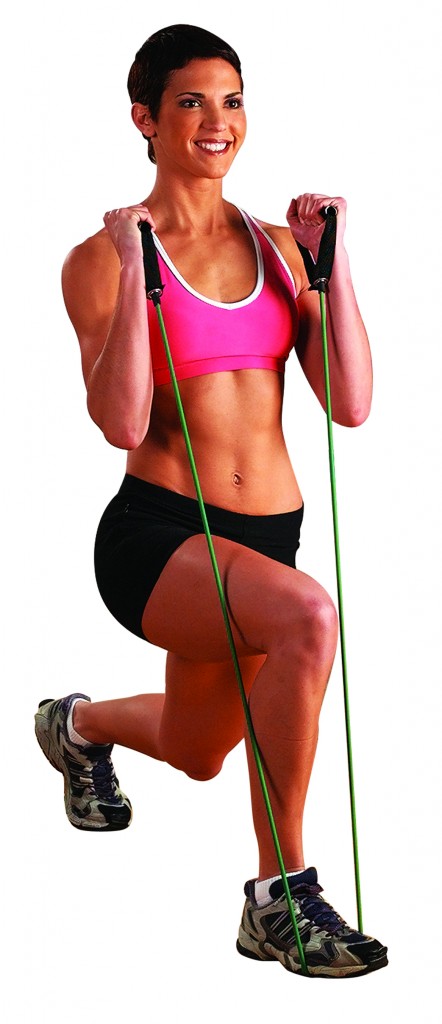 Resistance bands are a simple, inexpensive way to strengthen your skeletal muscles. There has been resistance (no pun intended) to resistance bands by some people because of how they say resistance bands feel when they’re using them. Resistance bands are unlike dumbbells or barbells because you don’t know exactly how much you’re lifting. While this is true, the amount you lift basically depends on how you use them. If you put the right amount of tension and use good form, you can get a tough, beneficial workout from resistance bands. Plus, how would you like to have an entire gym in your suitcase when you travel? This is possible when you carry on resistance bands because of the variety of exercises you can do. You can change directions during your exercises and challenge your balance and core. Here are few exercises that can amount to a full body workout to get you started today.
Resistance bands are a simple, inexpensive way to strengthen your skeletal muscles. There has been resistance (no pun intended) to resistance bands by some people because of how they say resistance bands feel when they’re using them. Resistance bands are unlike dumbbells or barbells because you don’t know exactly how much you’re lifting. While this is true, the amount you lift basically depends on how you use them. If you put the right amount of tension and use good form, you can get a tough, beneficial workout from resistance bands. Plus, how would you like to have an entire gym in your suitcase when you travel? This is possible when you carry on resistance bands because of the variety of exercises you can do. You can change directions during your exercises and challenge your balance and core. Here are few exercises that can amount to a full body workout to get you started today.
1) Bicep Curl- Stand on the resistance band with one foot or both if you want to challenge yourself. Grab the handles and pull up like you’re doing a dumbbell curl. Do three sets of ten.
2) Squat- Stand on the resistance band with both feet and hold the handles up to your shoulders. Lower yourself until your legs are a ninety degree angle. Come back up. Do three sets of ten.
3) Chest Press- Wrap the resistance band around a pole. Stand with your back to the pole. Press forward and release. Do three sets of ten.
4) Seated Row- Turn around after chest press. Pull handles in towards you making sure to squeeze your back as you go all the way back. Release. Do three sets of ten.
